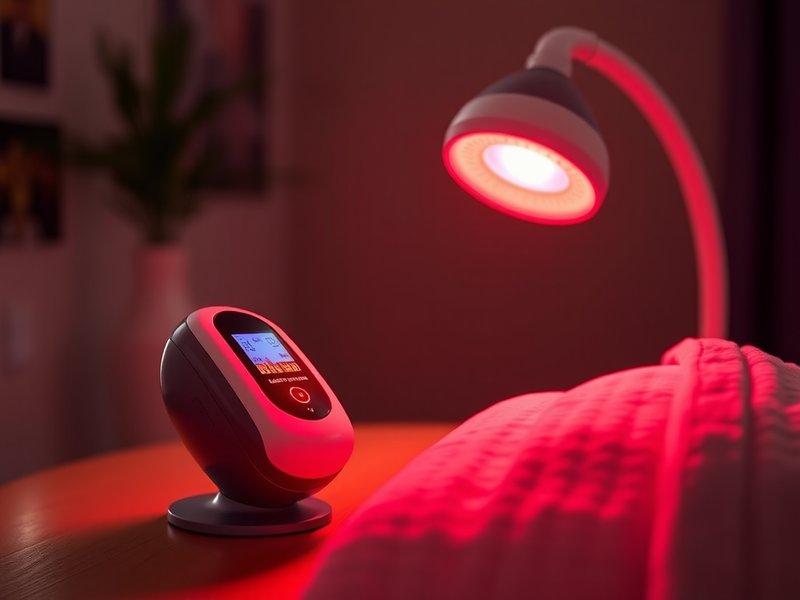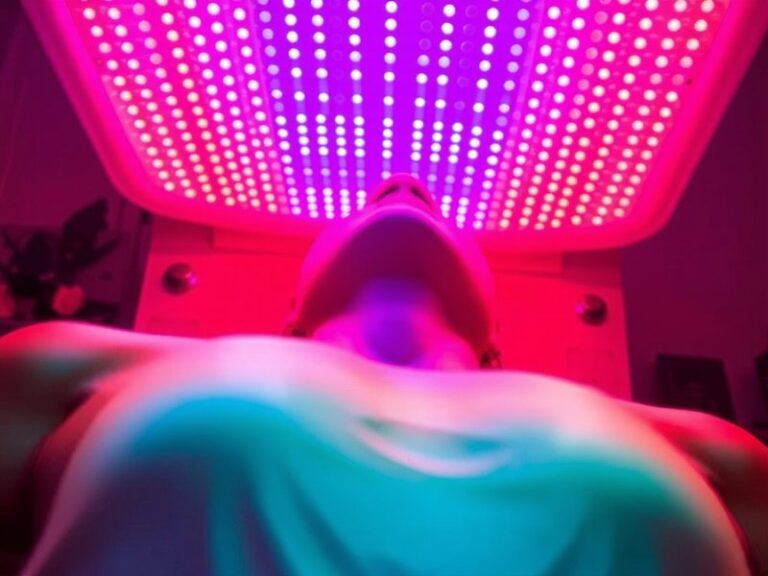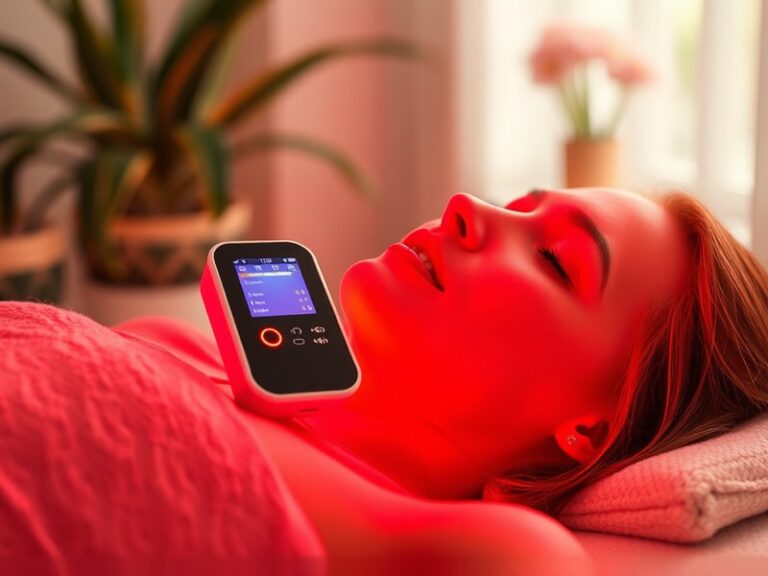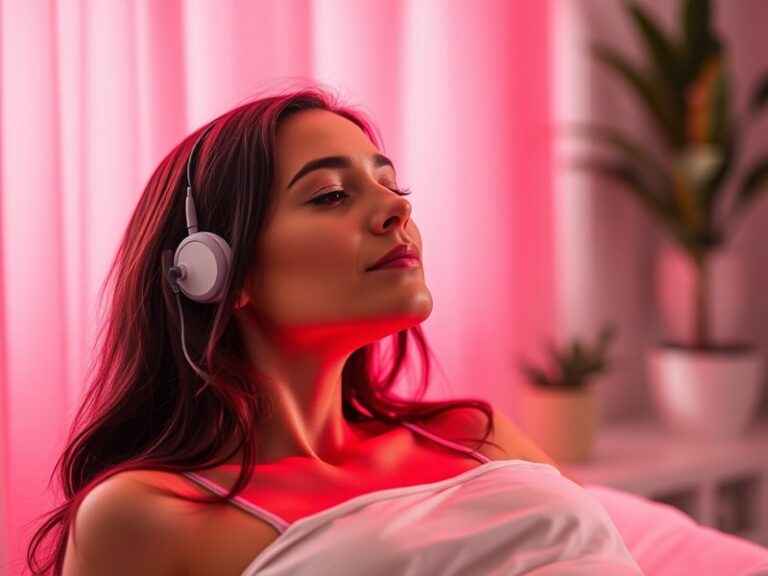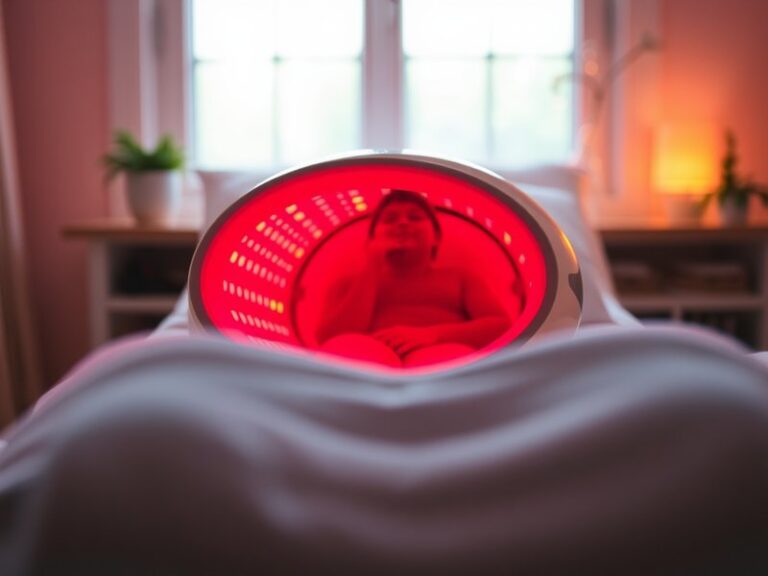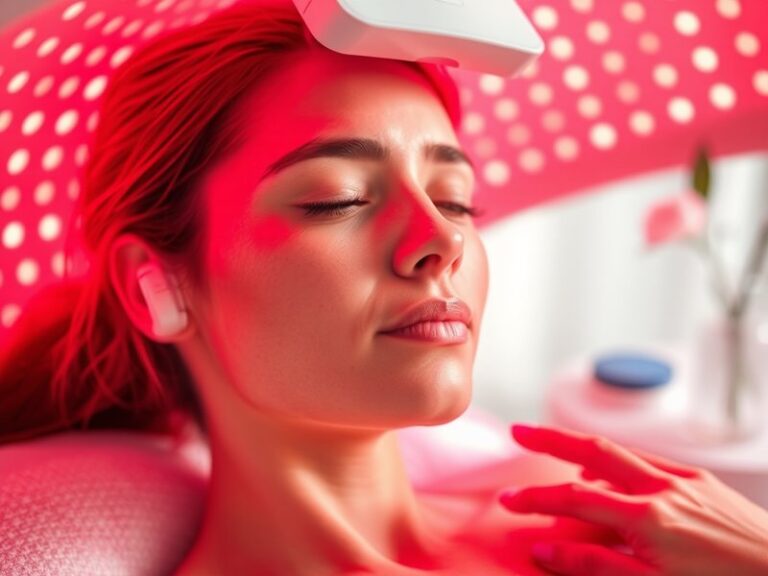Does Lumigen Red Light Therapy Really Work?
Does Lumigen Red Light Therapy Really Work?
Is red light therapy a solution to your health and wellness needs?
Read the detailed post on Vibration’s Role in Red Light Therapy
In recent years, red light therapy has gained popularity as a non-invasive treatment option for various health concerns, including skin rejuvenation, pain relief, and muscle recovery. This article will explore the science behind Lumigen red light therapy, its benefits, and whether it truly lives up to the hype. We’ll weigh the pros and cons, discuss alternatives, and provide guidance on key considerations before starting treatment.
Key Takeaways
- Red light therapy utilizes low-level wavelengths to promote healing and rejuvenation.
- Numerous studies suggest it may enhance skin health, reduce inflammation, and speed up muscle recovery.
- It is essential to consider individual health needs and consult professionals before starting treatment.
What is Lumigen Red Light Therapy?
Lumigen red light therapy is a specific type of photobiomodulation that employs low-level red wavelengths of light to stimulate cellular function and promote healing. Typically delivered through LED devices, red light therapy penetrates the skin to reach underlying tissues, where it can activate cellular processes.
This therapy is believed to enhance mitochondrial activity, which supports energy production within cells. As a result, it can lead to improved tissue repair, reduced inflammation, and increased collagen production in the skin.
Several devices, such as handheld units or larger panels, are available for at-home use or in clinical settings. Understanding how red light therapy works provides context for its potential applications and benefits.
What are the Benefits of Lumigen Red Light Therapy?
Lumigen red light therapy offers a myriad of benefits, making it attractive for those seeking natural healing options. Below are some of the notable advantages.
Promotes Skin Health
Red light therapy can significantly enhance skin appearance by helping to reduce wrinkles, fine lines, and age spots. Studies have shown that it can stimulate collagen synthesis, leading to improved skin elasticity and tone.
Aids in Pain Relief
Research indicates that red light therapy may effectively treat chronic pain conditions, including arthritis and muscle soreness. The anti-inflammatory properties of the therapy help reduce pain and enhance mobility.
Speeds Up Muscle Recovery
Athletes often turn to red light therapy to accelerate recovery after strenuous workouts. By increasing circulation and oxygen delivery to muscle tissues, it can aid healing and reduce muscle fatigue.
Enhances Wound Healing
This therapy has been shown to promote faster healing of wounds and injuries. It accelerates the inflammatory response and stimulates cellular regeneration, facilitating quicker recovery.
Supports Hair Growth
There is emerging evidence that red light therapy can potentially stimulate hair growth in individuals experiencing hair loss. In some studies, participants using red light therapy showed improved hair density and thickness.
Is it Possible to Use Lumigen Red Light Therapy?
Yes, using Lumigen red light therapy is straightforward and can be easily incorporated into daily routines. However, one must consider various factors before starting therapy to ensure safe and effective treatment.
What are the Advantages of Using Lumigen Red Light Therapy?
There are numerous advantages to employing Lumigen red light therapy, such as:
Non-Invasive Treatment
Unlike surgical procedures or invasive treatments, red light therapy is non-invasive and typically has minimal side effects, making it a safer option for many individuals.
Convenience and Accessibility
With various devices available, users can conveniently perform treatments at home or seek professional therapy sessions, adapting to their schedules and preferences.
Complementary Therapy
Red light therapy can be easily integrated into existing wellness routines, complementing other treatments or holistic practices without interference.
Find out the truth in Can you use red light therapy on wet hair?
What are the Disadvantages of Using Lumigen Red Light Therapy?
While red light therapy has many benefits, it is essential to be aware of potential drawbacks:
Variable Results
Not everyone may experience the same results from red light therapy, as individual responses can differ based on specific conditions and health factors.
Upfront Costs
High-quality red light therapy devices can be expensive, and while professional treatments may yield faster results, ongoing sessions can add up financially.
Time Commitment
Treatments may require consistency and time to see noticeable benefits. Users should commit to regular sessions, which can be a consideration for those with tight schedules.
What are the Things to Consider Before Using Lumigen Red Light Therapy?
Before starting Lumigen red light therapy, several important factors should be taken into account:
Consult with a Healthcare Provider
Before beginning any new therapy, especially for those with underlying health conditions, consulting a healthcare professional is vital to ensure safety and efficacy.
Device Quality
Not all red light therapy devices are created equal. Research device effectiveness and pick one that has proven clinical benefits and positive user feedback.
Treatment Duration and Frequency
Consider the recommended treatment times and frequency for your specific goals. Adhering to guidelines can optimize results and minimize any potential risks or disappointments.
What are the Alternatives to Lumigen Red Light Therapy?
If you are considering red light therapy but are unsure, there are several alternative options to explore:
Infrared Therapy
Similar to red light therapy, infrared therapy uses deeper wavelengths to penetrate tissues, often for enhanced pain relief and muscle recovery.
Cryotherapy
Cryotherapy, which involves exposing the body to extremely cold temperatures, can help reduce inflammation, improve recovery times, and relieve pain.
Ultrasound Therapy
Utilized for physiotherapy, ultrasound therapy employs sound waves to treat injuries and accelerate healing through improved circulation and tissue regeneration.
Massage Therapy
Often overlooked, regular massage therapy can provide significant benefits for muscle recovery and pain relief through physical manipulation and improved circulation.
Conclusion: Is it Recommended to Use Lumigen Red Light Therapy?
Lumigen red light therapy has garnered attention for its potential benefits ranging from skin rejuvenation to pain relief. While many users report positive outcomes, individual results may vary. It is essential to weigh the advantages against the disadvantages and consider personal health circumstances before embarking on this treatment. Seeking expert advice is recommended to ensure that red light therapy aligns with your health and wellness goals.
Frequently Asked Questions
How often should I use Lumigen red light therapy?
Typically, using red light therapy 3-5 times a week is recommended to achieve optimal results, but this can vary depending on individual goals and device instructions.
Are there any side effects associated with Lumigen red light therapy?
Most users experience little to no side effects; however, some may have temporary redness or irritation in the treated area. Always monitor your response and consult a professional if concerns arise.
How long does it take to see results from Lumigen red light therapy?
Many users report visible improvements within a few weeks of consistent use, although some may take longer depending on factors such as skin type, condition severity, and the targeted issue.
Can I use Lumigen red light therapy if I have a skin condition?
Individuals with skin conditions should consult a dermatologist before using red light therapy to ensure it is appropriate for their specific situation.
Is Lumigen red light therapy safe during pregnancy?
As safety during pregnancy is paramount, it’s best to consult with a healthcare provider before undergoing any form of treatment, including red light therapy.
